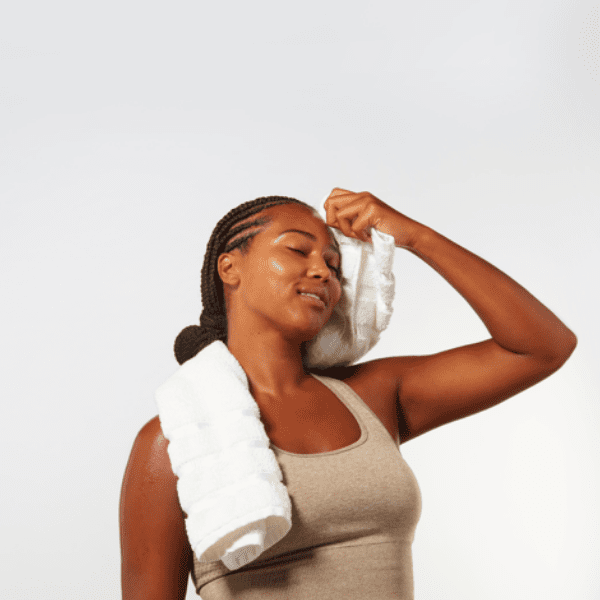Regardless of age, every woman goes through hormonal fluctuations which impact mood, appetite and fitness ability. Our nutritional and lifestyle habits play a huge part in this, and with right routine, we can work with these hormonal changes rather than against them.
Whether you’re struggling with PMS or feeling overwhelmed with menopausal symptoms, these tips and tricks can help you thrive all month long…

The 4 Phases Of Your Menstrual Cycle
1. Menstruation
Your period indicates the start of your follicular phase. Day 1 of your cycle is counted as the first day of your heavy flow and bleeding usually lasts between 3-7 days.
- Symptoms: Women usually fall into 1 of 2 groups during this specific week; the first group feel tired, withdrawn, pain sensitive and emotionally fragile. The second group may feel energised and experience a sense of relief.
- Diet: Focus on warming soups, stews, dark leafy greens, root vegetables and healthy comfort foods. Foods or supplements rich in iron will help to replace any iron lost during your period. At this time, do your best to limit caffeine as it can make symptoms feel worse. Instead, try natural sources to keep you awake including B vitamins.
- Exercise: Even if you feel a rush of energy, it’s not always the best idea to expend it right away. If you retain the energy at the beginning of your cycle, it will better serve you throughout the rest of the month. Don’t overdo things in this phase, focus on walks, yoga and stretching.
